Putin deploys combat dolphins to take on Ukrainian commandos: Trained animals are moved closer to the front line following spate of raids in Crimea
Russia has moved its unique fighter dolphins closer to the war frontline in the Black Sea, it has been revealed.
The specially trained anti-sabotage mammals were deployed at the port entrance of Sevastopol.
But satellite images now point to dolphin sea pens at Novozerne, 90 kilometers to the north, closer to where Ukrainian special forces raided and landed on the Crimean peninsula.
The dolphins are trained for use against enemy divers entering harbors to plant limpet mines or for reconnaissance.
They have learned to warn their human controllers – or launch deadly attacks with underwater cannons.
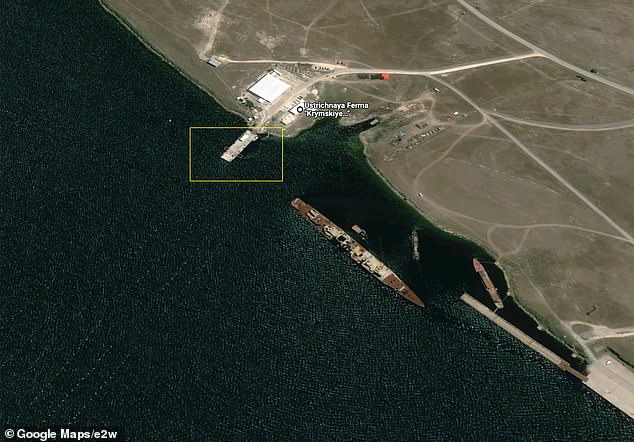
Satellite images (pictured) now show dolphin sea pens at Novozerne, 90 kilometers north, closer to where Ukrainian special forces raided and landed on the Crimean Peninsula

A small Russian ‘spy dolphin’ carries a bomb during a training exercise (file image)
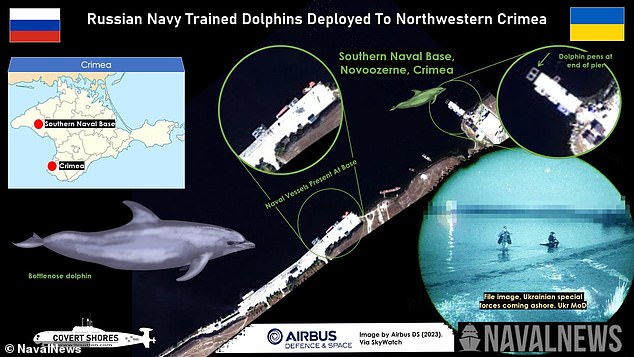
Novozerne is a former Soviet submarine base where Russia has deployed missile corvettes, landing craft and some support vessels, including a submarine support ship, says OSINT researcher HI Sutton, who analyzed satellite images to spot the dolphin enclosures
Novozerne is a former Soviet submarine base where Russia has deployed missile corvettes, landing craft and some support vessels, including a submarine support ship, says OSINT researcher HI Sutton, who analyzed satellite images to spot the dolphin enclosures.
“The deployment is likely to defend against Ukrainian special forces who pose a real threat in the area,” the researcher reported in Naval News.
‘Trained dolphins are considered effective against military divers.
‘There is no man, no matter how athletic or well trained, who can beat them.
“And their built-in sonar gives them an even greater advantage.”
The mammalian move towards the war zone by Vladimir Putin’s forces comes as the dictator was forced to move most of his warships from Sevastopol – the headquarters of his Black Sea Fleet – to Novorossiysk due to Ukrainian missile and drone attacks .
The bottlenose dolphin squadron was recruited by Putin when he captured Crimea from Ukraine in 2014.
“We had to start practically from scratch to teach the (mammals) to look for objects underwater, because the Ukrainian navy hardly cooperated with them,” a Russian source said at the time.
However, footage shows how dolphins have been trained to use underwater weapons since Soviet times.
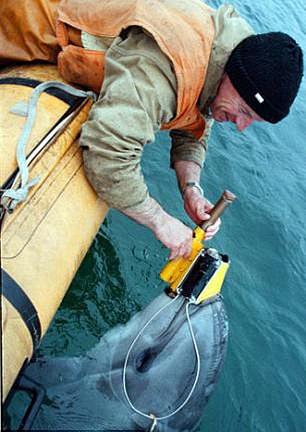
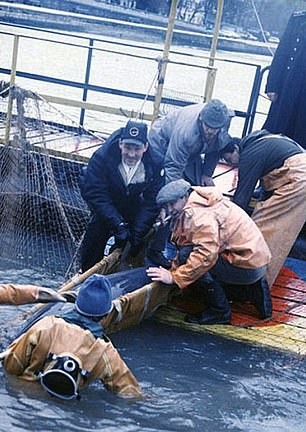
Russian Army trainers work with the marine mammals so they can protect valuable naval assets (file images)
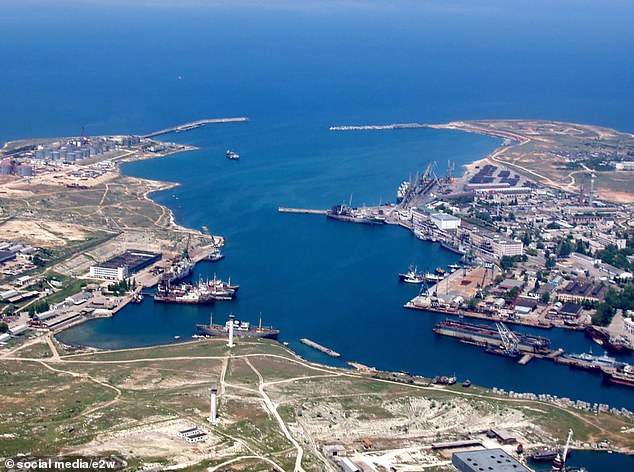
The specially trained anti-sabotage mammals were deployed at the port entrance of Sevastopol (photo)
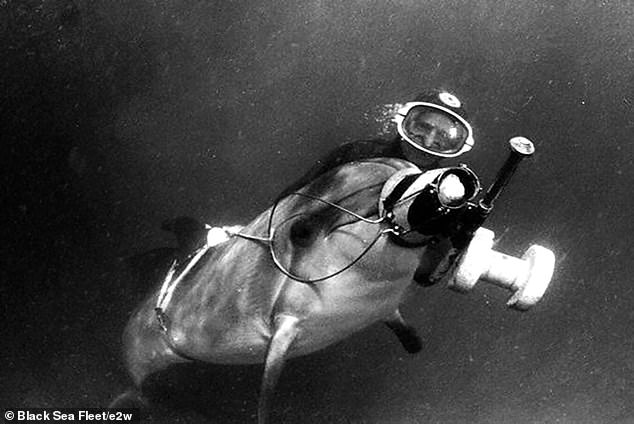
The dolphins are trained for use against enemy divers entering harbors to plant limpet mines or for reconnaissance (file image)
Retired Captain Yury Plyachenko, a military trainer, explained: “The dolphin should have signaled and, if necessary, was ordered to destroy an underwater saboteur.
“It was armed with an underwater cannon.”
A Russian state television broadcast read: ‘This is what the underwater cannon looked like.
“It was attached to a dolphin with a special attachment and a mammal could shoot.”
Rare archive footage showed a dolphin attacking a diver.
“The man didn’t stand a chance in this fight,” viewers were told.
‘It was virtually impossible for a diver to reach ships and go unnoticed when dolphins were patrolling them.’
The dolphin military training program – long based in Sevastopol – dates back to the Cold War era of the 1970s, when the Soviet Union used the animals to search for mines or spy on foreign ships.
Russia has remained silent about the current role of its marine dolphins and how they have dealt with repeated explosions from Ukrainian missiles and air and sea drones in Sevastopol.
The deployment of dolphins in Novozerne – with Putin endangering them – may indicate that they are considered militarily useful.
Putin’s forces appear increasingly concerned that Ukraine will target Crimea and cut off supply lines to the peninsula as a prelude to retaking the area.
Or the movement of the dolphins could indicate desperation on the part of the Russians.
